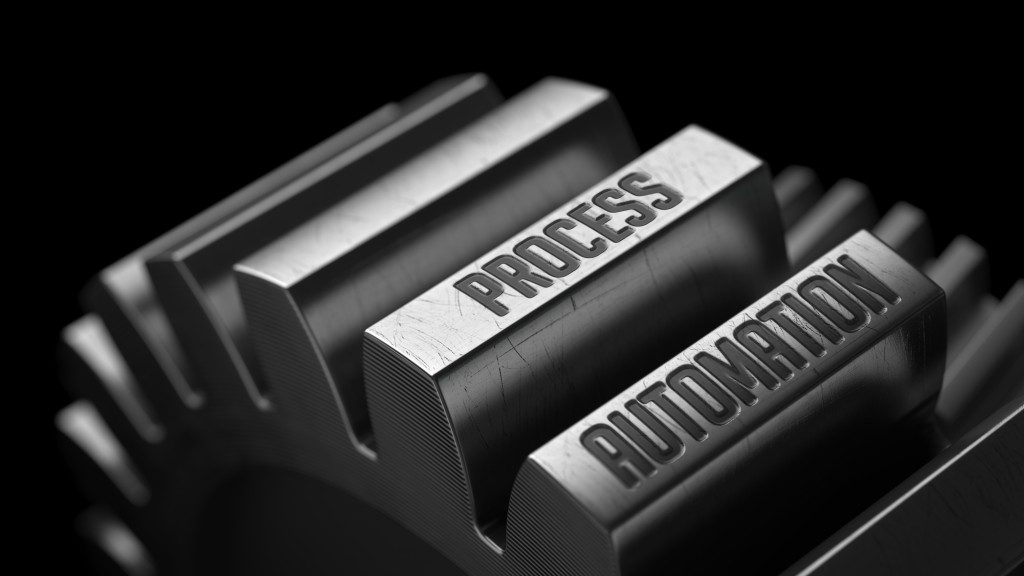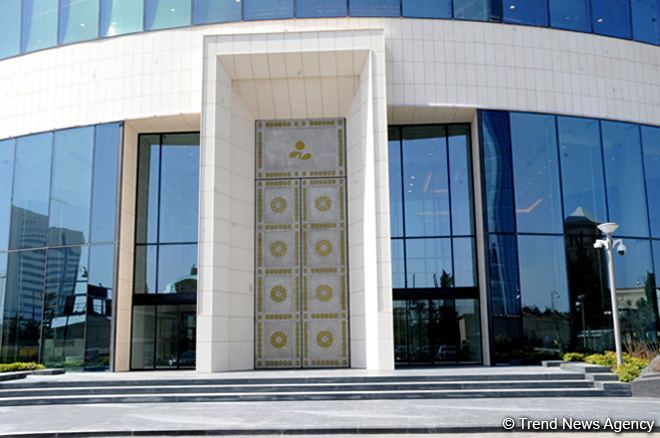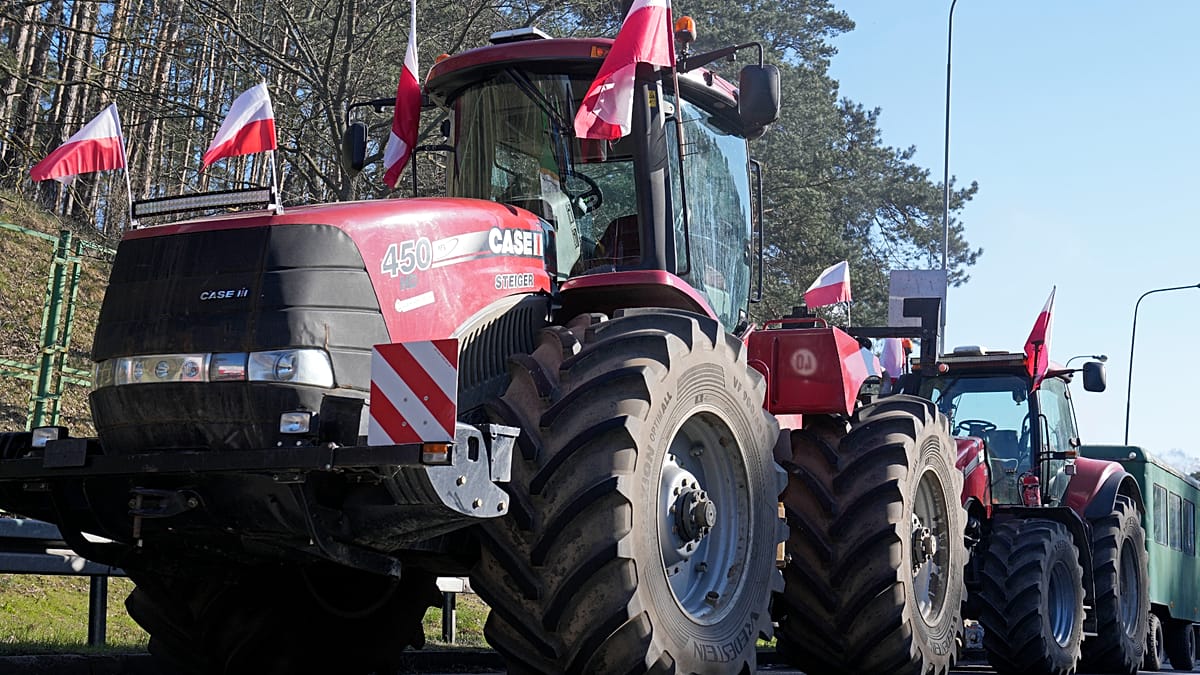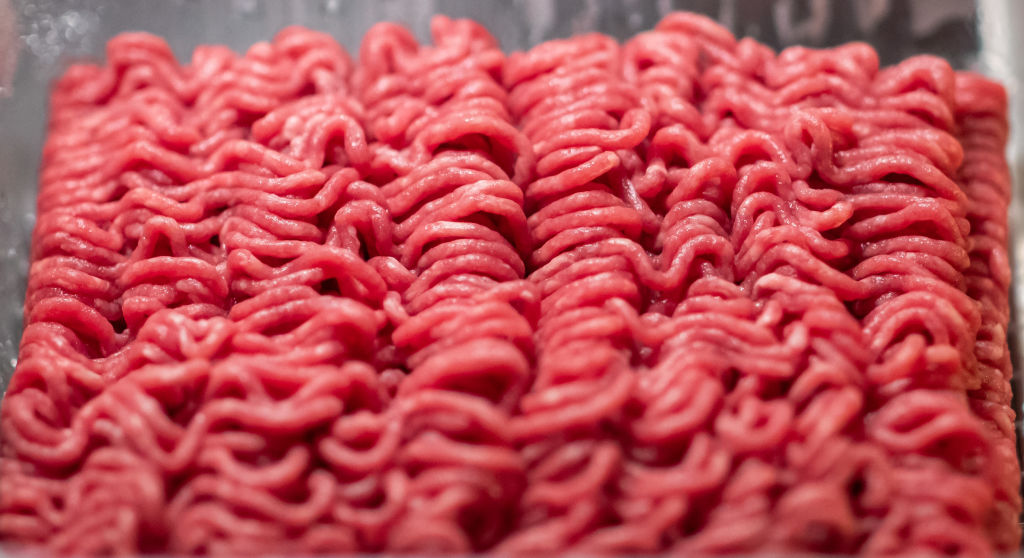How Automation Is Reshaping Factories for the Future


Imagine walking into a factory where the machines don’t really stop. The line keeps moving, parts slide into place, and products come out looking identical, shift after shift. It’s not science fiction — this is what automation looks like right now. Companies everywhere are leaning on robotics, AI, IoT, and specialized tools like the laser welder just to keep up with the pace of modern manufacturing.
We’ve hit a point where speed, accuracy, and safety aren’t just nice to have — they’re expected. Traditional methods can only take you so far. That’s why automation has become the quiet powerhouse in manufacturing. In this article, I’ll walk through how it’s changing the industry, why tools like a laser welder play such a big role, and what it all means for the future of factories.
What We Mean by “Industrial Automation”
At its core, industrial automation is about letting machines handle the grind. Instead of people repeating the same tasks over and over — often in dangerous conditions — manufacturers use:
- Robotics for high-precision assembly
- AI to crunch data and improve decision-making
- IoT sensors to watch machines in real time
- Control systems like PLCs, MES, and SCADA to hold everything together
Put these pieces in place, and operations run smoother, faster, and with fewer hiccups. Bring in a laser welder, and you get another layer of reliability — clean welds, fewer mistakes, and less wasted material.
Why Automation Matters (The Real Payoffs)
Automation isn’t just swapping out humans for machines — it’s about reshaping the way work gets done. Here’s where the impact really shows:
Productivity & Throughput
Robots don’t take lunch breaks. They just keep going. A laser welder, for instance, can finish a weld in seconds where older methods might take minutes. That kind of time savings keeps production lines humming.
Cost Control
Labor is expensive, downtime is expensive, and wasted material? Also expensive. Automation cuts all three. Laser welders help by producing accurate welds the first time, which means fewer do-overs and less scrap tossed aside.
Consistency Every Time
Unlike people, machines don’t have “off days.” Automated systems deliver steady quality. And when something does start to slip, sensors pick it up before it snowballs into a major issue.
Safety
Let’s be honest — some factory tasks are just plain dangerous. Welding in tight, awkward spaces, for example, can be a safety nightmare. Automation takes that risk off workers’ shoulders.
Flexibility
Factories used to struggle when product designs shifted. Now, automated systems (including laser welding setups) can adapt quickly. That means fewer slowdowns when markets demand change.
Smarter Oversight
Thanks to IIoT and AI, managers don’t have to guess what’s happening on the floor. They can see it in real time, spot patterns, and fix problems before they become costly downtime.
AI + Automation: The Smarter Combo
This is where things get exciting. Layer AI on top of automation, and you get a system that doesn’t just run — it learns.
- Quality Control: Computer vision spots the tiniest flaws, even at high speeds. Pair that with a laser welder, and every weld lands exactly where it should.
- Adaptive Production: AI can tweak processes midstream — adjusting energy, speed, or weld depth automatically.
- Insights That Matter: With AI analyzing workflows, manufacturers can cut waste, fine-tune schedules, and even predict problems before they happen.
The Systems That Hold It Together
Fancy machines don’t mean much without structure. That’s where frameworks like MES (Manufacturing Execution Systems) step in. MES ties together machines, people, and data. It schedules tasks, tracks performance, and makes sure regulations are met — especially in industries like aerospace or pharma where mistakes aren’t an option.
And then there’s the bigger picture: Industry 4.0. With cloud platforms, sensors, and AI, factories are becoming “smart.” They’re more flexible, better at catching defects, and quicker to test new ideas with digital twins.
The Challenges Nobody Likes to Talk About
Of course, automation isn’t plug-and-play.
- Upfront Costs: Robots, MES systems, and laser welders don’t come cheap. And integrating them takes real planning.
- Workforce Shifts: Jobs don’t disappear, but they change. People move from hands-on tasks to monitoring, problem-solving, and analysis. That means retraining — which isn’t always easy but is absolutely necessary.
Quick Snapshot of the Impact
| Area | What Automation Brings |
| Productivity | 24/7 operation, faster output |
| Cost | Lower labor, less waste, better ROI |
| Quality | Precision, fewer errors |
| Safety | Removes high-risk tasks |
| Flexibility | Adapts to product changes |
| Intelligence | Predictive maintenance, real-time insights |
Why Laser Welders Deserve a Shout-Out
Out of all the automation tools, the laser welder really earns its place. It’s fast, it’s precise, and it scales beautifully. Whether you’re making cars, electronics, or medical devices, it gives manufacturers the confidence that every joint will hold — without slowing down the line.
At Denaliweld, we build laser welding systems designed to slide right into these modern automated setups. The goal isn’t complicated: help factories move faster, reduce waste, and hit quality targets without breaking stride.
Wrapping It Up
Automation isn’t some far-off dream. It’s already here, and it’s rewriting the rules of manufacturing. Factories that embrace robotics, AI, and advanced tools like the laser welder are seeing the payoff: faster output, fewer errors, and safer workplaces.
Sure, the upfront costs and workforce adjustments aren’t small hurdles. But the bigger risk is standing still while the rest of the industry moves forward. Manufacturers that invest now are setting themselves up for resilience and flexibility in the years ahead.
And honestly? That’s what the future of factories is about — not just surviving, but thriving in a world where demands keep changing.
The post How Automation Is Reshaping Factories for the Future appeared first on European Business & Finance Magazine.















































